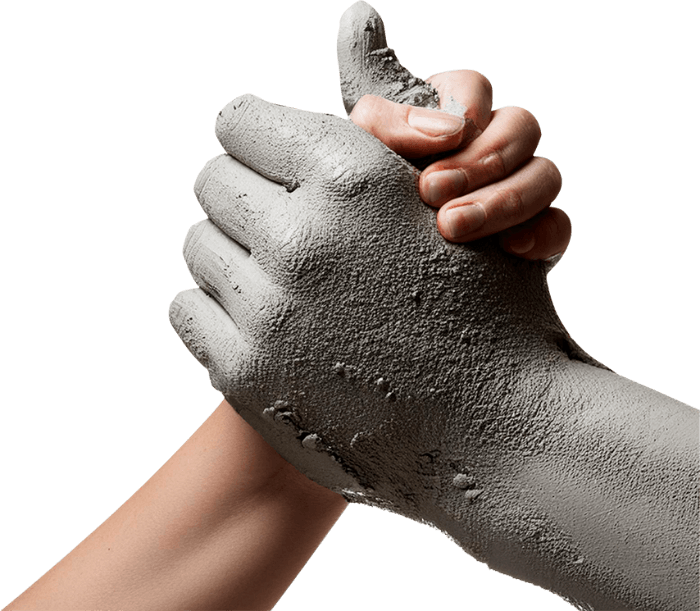
Why Its
Necessary for
Necessary for
Architects
Normal sand does not ensure uniform particle size distribution, which can affect the quality of plaster.
Traditional Sand used in plastering typically has particle sizes less than 2.36 mm which are not proportionate, leading to Inconsistent Quality in final plaster mix.
Xpress Plast uses precisely Graded Sand.
This ensures uniform particle size distribution, resulting in high-quality plaster. DMM Plant Precisely controls particle size distribution.
Polymers enhance the water retention property of the plaster during the application, which improves the quality of plastering and the time of consumption without any loss of raw material properties.
Polymers improve the weather resistance of hardened plaster by enhancing their water resistance capabilities. and which leads to many more years of the life of a structure.
Glass Fibre enhances the durability of plaster by reducing shrinkage and cracking, allowing for smoother and more refined finishes, ensuring long-lasting aesthetics.
Glass Fibre improves the flexibility and strength of plaster, enabling intricate designs and textures without compromising structural integrity, resulting in limitless creative possibilities.
Xpress Plast is a versatile plaster solution designed for use in a variety of areas, including interiors, exteriors, and ceilings.
It is formulated to meet the CS IV grade standard and this grade is characterized by a compressive strength greater than 6 N/mm² on the 28th day after application.
Xpress Plast is manufactured using eco-friendly materials and production processes, minimizing environmental impact.



